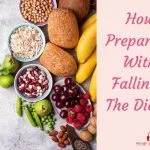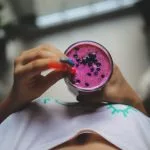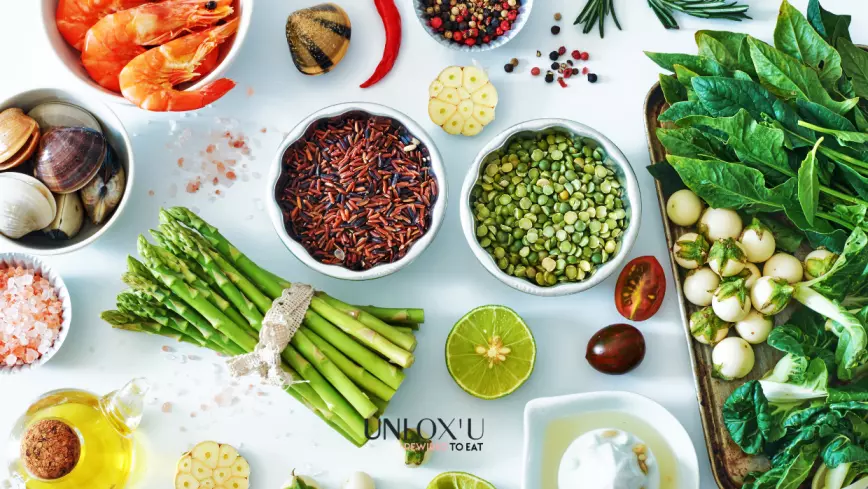
Increase Protein
Wanting to increase your protein intake? It can be delicious and simple. First though, to understand why protein is so important for our body – it’s vital to know that every cell in our body literally contains protein. Protein is a macronutrient composed of chemical ‘building blocks’ called amino acids. These building blocks fulfill important functions in our bodies. Here are some critical ones:
- Construct (protein helps build bones, muscles, skin, and cartilage)
- Heal (protein helps you repair and build tissue)
- Oxygenate (protein-packed red blood cells transport nutrients to your body)
- Digest (Proteins make enzymes for digestion, cell creation, and body chemicals)
- Balance and Regulate (Proteins help hormone regulation)
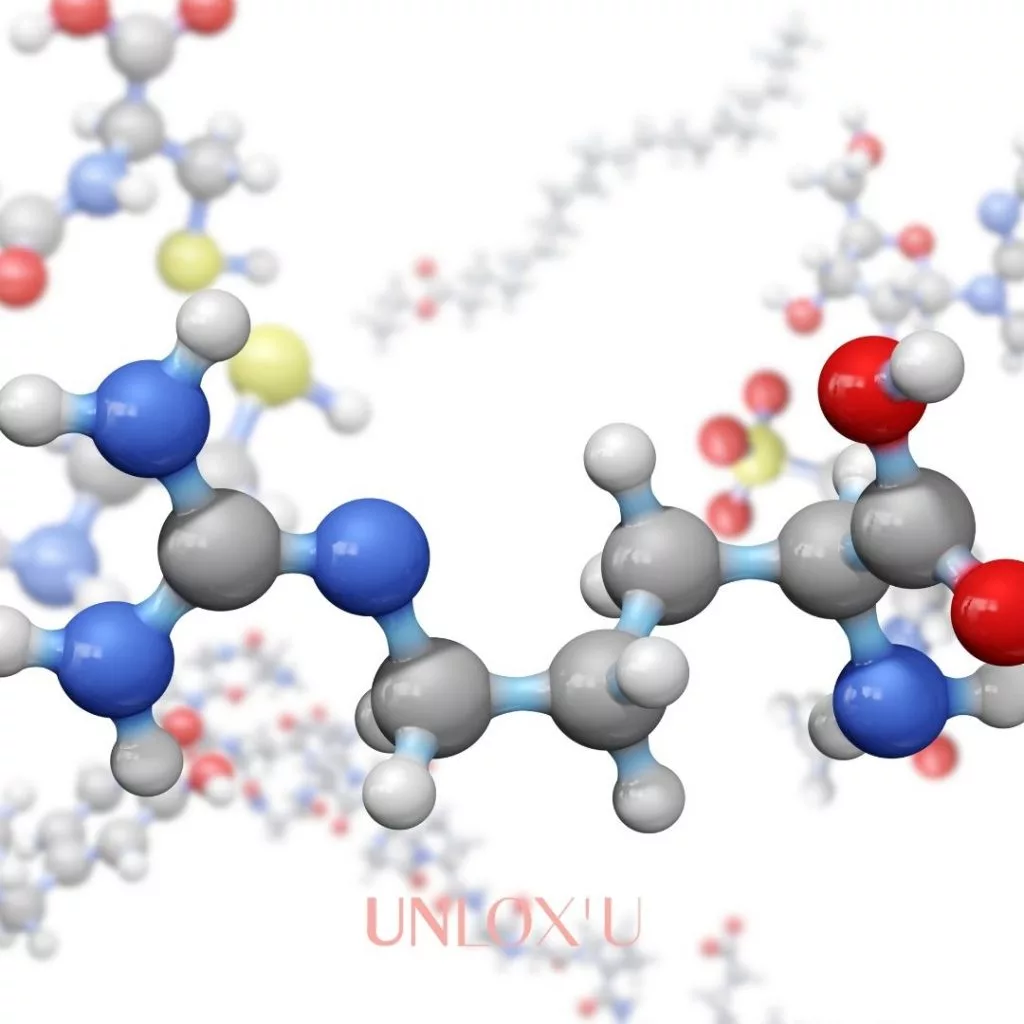
Proteins Keep Us Healthy
Further, from a health perspective, not only does protein increase muscle mass, strength, and bone density, it keeps us fuller for longer (reducing snacking and cravings). Further, it is critical for bodily repair and studies have even shown it can lower blood pressure. Some sources of dietary protein include lean meats, fish and poultry, eggs, dairy products, nuts and seeds, legumes, and beans.
So, What Does A Serving Of Protein Look Like?
The recommended daily intake (RDI) of protein depends on age, gender and weight – but it’s about 50g per day for adults. So how does this show up in our food?
- 85 grams of chicken breast = 26 grams of protein
- 1 large egg = 6 grams of protein
- ½ cup black beans = 8 grams of protein
- 110 grams canned and drained tuna = 22 grams of protein
- 2 Tablespoon peanut butter = 7 grams of protein
- 2 cup greek yogurt = 23 grams of protein
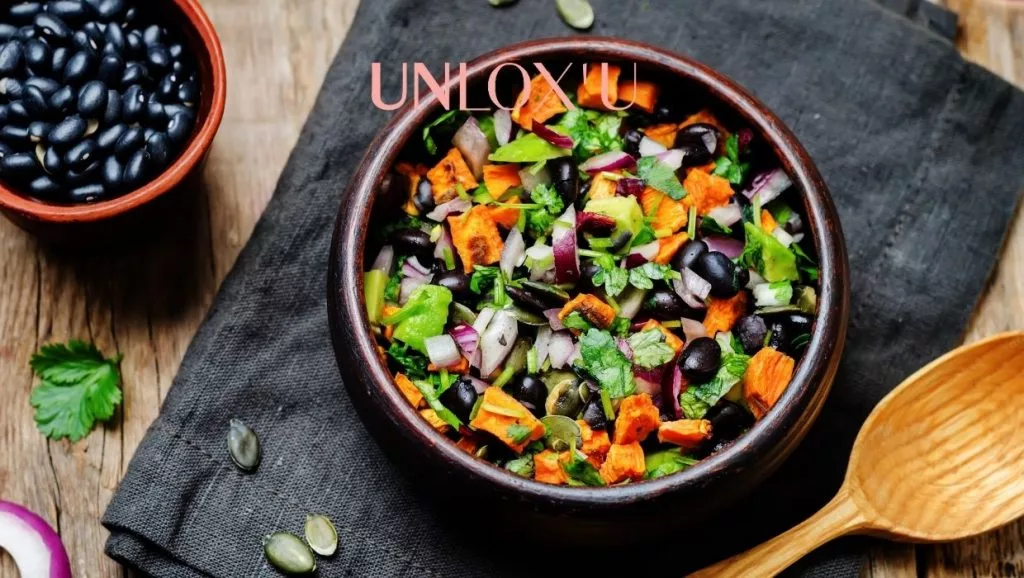
Keep In Mind [When Wanting To Increase Protein Intake]
Now, before you equate ‘more protein’ with ‘more meat’, there are some important considerations. Yes, meats can give a high-quality protein serve (and they contain the essential amino acids), but equally, so can many plant-option combinations. Furthermore, I urge you to consider the whole ‘package’ when it comes to protein (the fats, vitamins, minerals, and carbohydrates) that come along with the protein. Remember we want to avoid saturated fats and processed carbohydrates but eat foods high in minerals and vitamins.
Harvard PH CHAN points out that, ‘A 4-ounce broiled sirloin steak is a great source of protein—about 33 grams worth. But it also delivers about 5 grams of saturated fat. A cup of cooked lentils provides about 18 grams of protein and 15 grams of fiber, and it has virtually no saturated fat or sodium.’
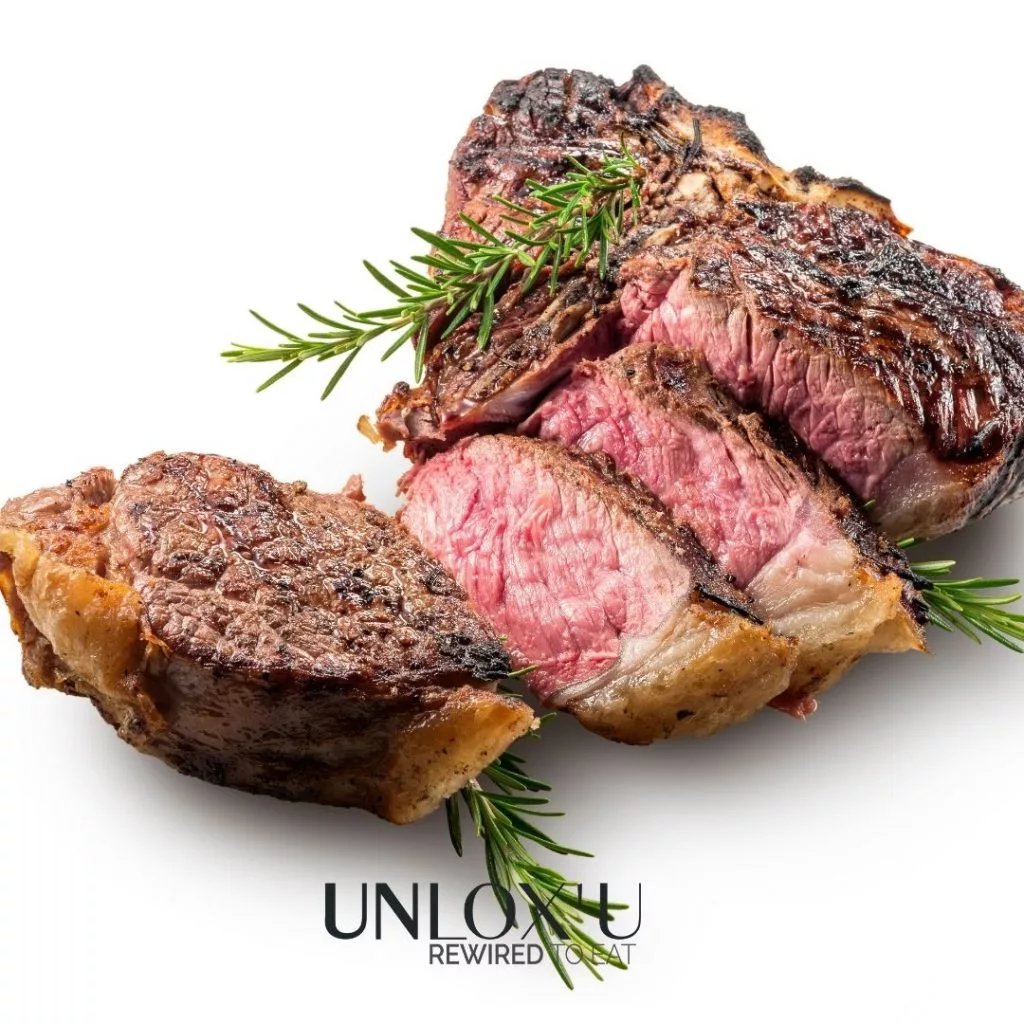
Here Are Some Healthy Foods To Increase Protein Intake
1/ Greek Yogurt
Greek yogurt is a nutrient-packed snack! It is different from regular yogurt because they add an extra step by draining it. Because of this, it has double the amount of protein than regular yogurt (with less sugar). Not only is greek yogurt protein-rich, but is packed with probiotic cultures (great for your immune system and gut health). Try replacing sour cream with greek yogurt. Or try throwing a few tablespoons in your morning smoothie for a more creamy consistency.
2/ Nutritional Yeast
Secondly, nutritional yeast has a cheesy nutty flavor that can be added to most meals. I love mixing it into my eggs, pasta, and mashed potatoes. Not only is it a rich source of vitamins and minerals (thiamine, riboflavin, niacin, vitamin B12, folic acid, and pantothenic acid) but it contains nine essential amino acids. So nutritional yeast is a complete protein like those found in animal products. (2 Tbs = 8grams of protein)
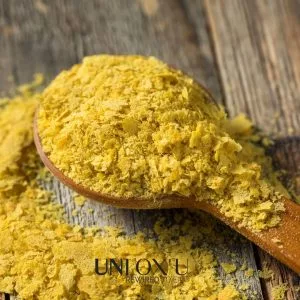
3/ Nuts and Seeds To Increase Protein
Next, we all know nuts and seeds are high in protein. But it’s hard to know how to integrate them easily into daily cooking (that is still delicious). So how can we use nuts and seeds to enjoy their taste? The most protein-rich nuts are almonds, brazil nuts, cashews, hazelnuts, and pinenuts. And chia, flax, and hemp are some of the healthiest seeds. Try grinding seeds to coat your homemade veggie burgers? What about chia pudding for breakfast? Or experiment with grinding up nut combinations to use as a topping for baked casseroles? Or try making this Cashew Ricotta Cheese. Yum!
4/ Cottage Cheese
One cup of low-fat cottage cheese contains 24g of protein. Try adding cottage cheese to pastas, sauces, smoothies, nut butters and crackers. Or what about cottage cheese and garlic dip?
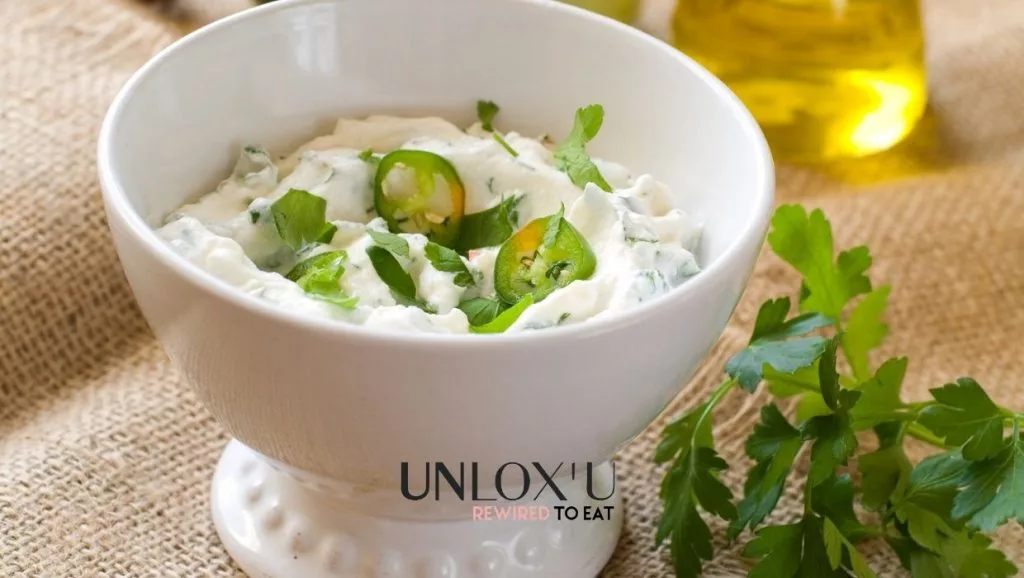
5/ Lentils
Lentils are edible legumes packed with protein. When combined with a whole grain (like brown rice), you get all your essential amino acids. Try adding lentils to spaghetti sauces, curries, fritters, soups, or nachos. You could even try lentils in a Vegetarian Shepherd’s Pie (delish!).
6/ Eggs To Increase Protein
Extremely nutritious, the wonderful egg is a complete protein and a rich source of vitamins and minerals. In particular, egg whites are nearly 100% protein. Try making salmon savoury cakes using egg-whites, or a vegetarian option (Potato Cake – mashed potato, egg whites, nutritional yeast, spices)
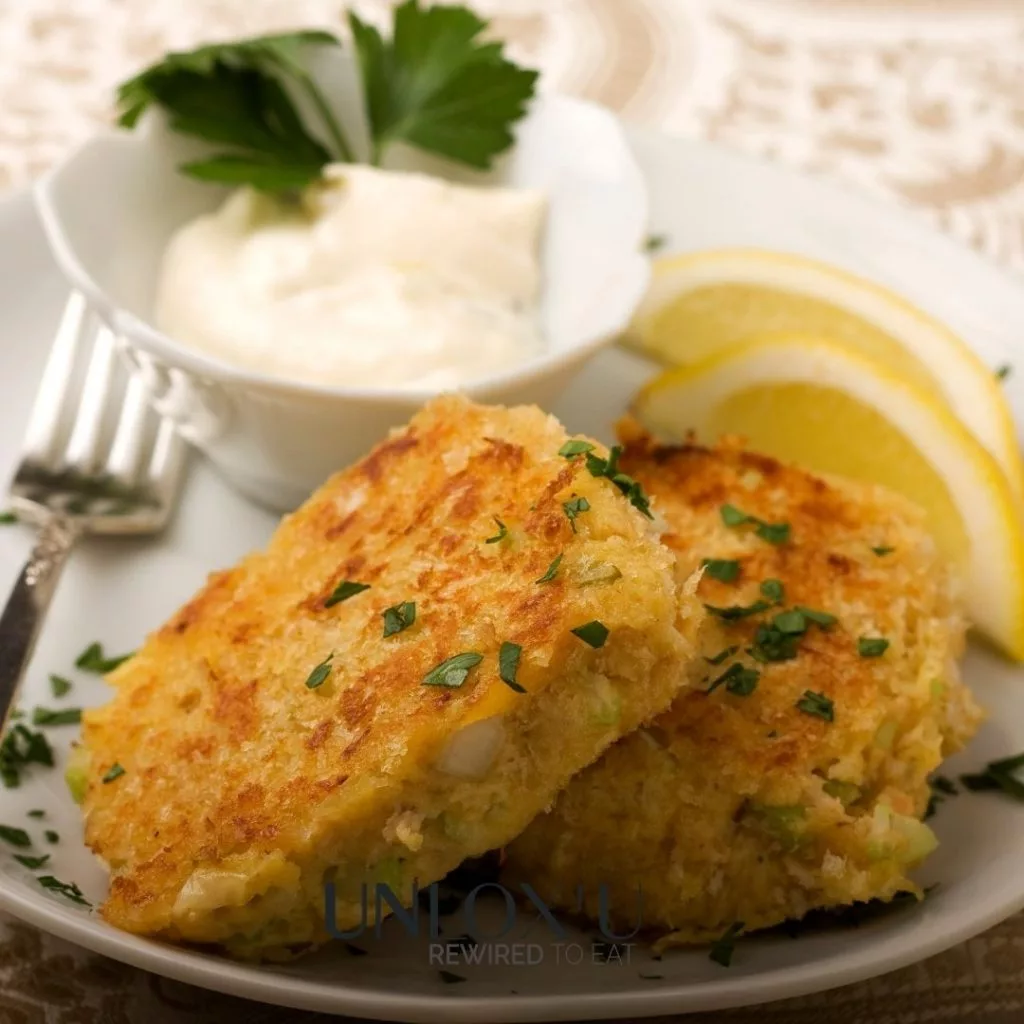
7/ Black Beans
We all know that beans are packed with protein. But the extra cool thing with black beans is that they don’t change the taste when added to recipes. So you can up your protein and fibre intake by adding black beans to your cookies, brownies, cakes, and smoothies. (Of course don’t forget your normal savory options such as salsas, dips, soups etc)
8/ Quinoa
Lastly, quinoa is a complete protein (with all 9 essential amino acids). Further, it contains many nutrients (such as magnesium, potassium, Vitamin E), which many fellow grains (such as pasta), lack. Try crispy quinoa patties or burgers. Add some cooked quinoa to salads. Or this delicious crispy quinoa taco meat. If you are still not won over by quinoa – try replacing regular rice with wild rice (which has more protein).
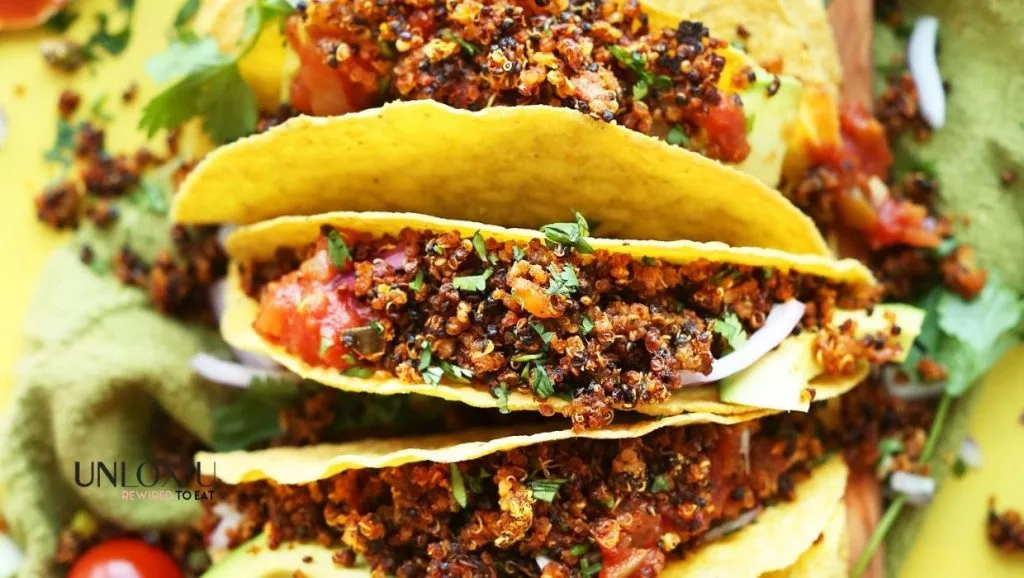
Look At The ‘Whole Package’ To Increase Protein
Basically, these 8 foods will help you increase protein intake in a healthy way. Remember to look at the ‘whole package’ of your protein. Send me a message if you have any questions or insights. Finally, if you struggle with knowing what to eat, or are constantly fighting binge eating urges, check out this blog about my Balanced Diet Framework – as it will help you work through these issues step-by-step and get to the root causes. Love, Eugenia X
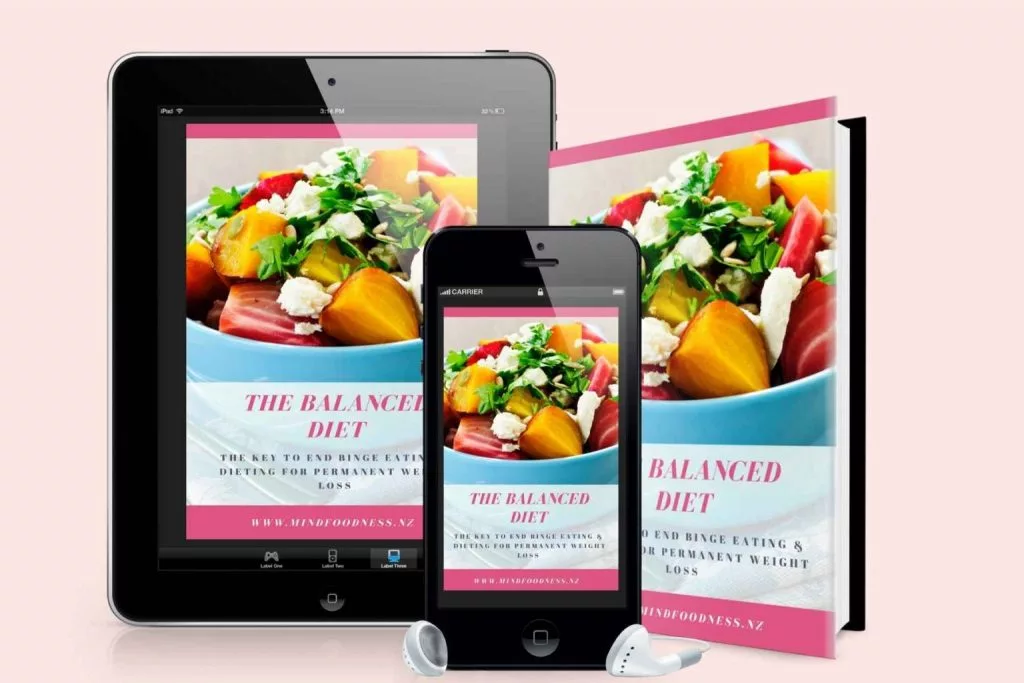
THE BALANCED DIET FRAMEWORK STOP DIETING AND OVER-EATING – Easy To Follow Framework For No More Food Cravings
- The Balanced Diet Book is for anyone who struggles with Binge Eating, Yo-Yo Dieting and their Weight.
- In this book I provide an easy-to-follow framework to reduce food cravings, end binge eating urges, increase energy levels and enjoy balanced, healthy, and delicious meals.
- Most importantly you will never need to follow another fad diet again.

